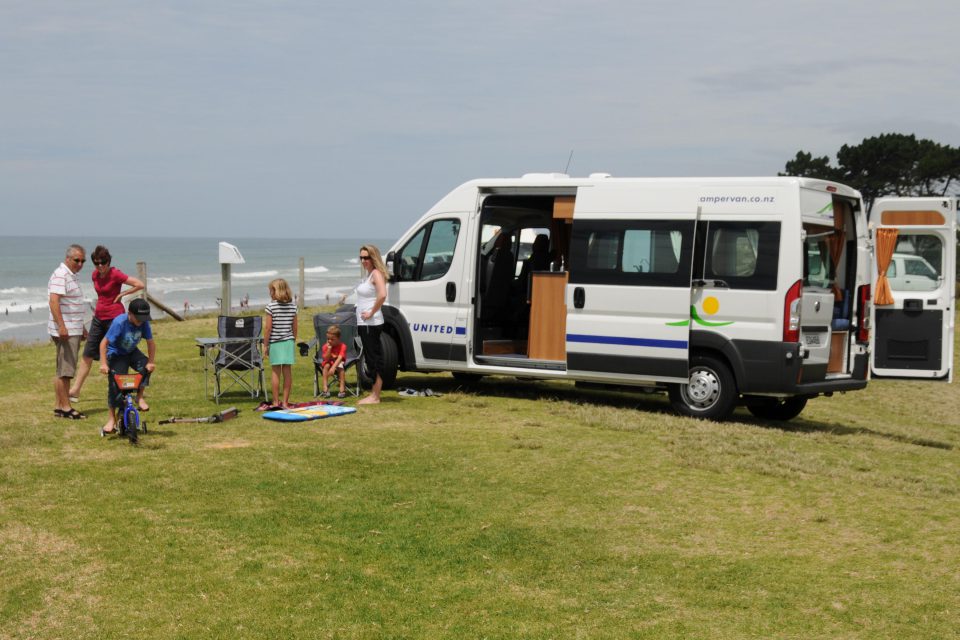2016 Dodge Challenger: Car Seat Check
Editor’s note: This Car Seat Check was written in September two thousand fourteen about the two thousand fifteen Dodge Challenger. Little of substance has switched with this year’s model. To see what’s fresh for 2016, click here, or check out a side-by-side comparison of the two model years.
Not everything is flawless with the Challenger and car seats, however. In our tests, we found that a rear-facing infant seat, which takes up a lot of backseat space, doesn’t work well with the front passenger seat. The front seat is designed to fold and slide forward for better backseat access, and then the seat has to be shoved all the way back to lock the seatback into place. From there, you can slide the seat forward to create more legroom for backseat passengers. However, the infant seat is so long that it prevents the front passenger seat from sliding back and locking into place.
We attempted to work around this setup, but ultimately determined that the Challenger and infant seats don’t mix. Oddly, we didn’t run into this problem when we tested the two thousand twelve Challenger. If you have an infant, use a rear-facing convertible seat in the Challenger instead, which gratefully doesn’t take up as much legroom as the infant seat. In our photo, we used the infant seat to illustrate that three average-sized car seats fit across the backseat.
How many car seats fit in the 2nd row? Three, but if parents are using a rear-facing infant seat, it’s likely too long to fit in the Challenger’s backseat.
What We Like
- The Challenger has three sets of lower Latch anchors, permitting parents to use the Latch system to install a car seat in any rear seat. The outboard Latch sets were effortless to use because they sit about an inch inwards the seat cushions.
- The forward-facing convertible fit well in the backseat. We were able to lightly connect to the Latch anchors with this car seat’s larger, rigid connectors.
- The booster seat also fit lightly into the Challenger. However, the seat belt buckle is floppy and kept falling behind the seat, which could make the buckling process frustrating for kids.
What We Don’t
- The middle seat’s Latch anchors were difficult to access. They sit two inches into the seat cushions, which makes it hard to connect to them. Parents may need to use the seat belt to install the car seat instead.
- The rear-facing infant seat doesn’t work with the front passenger seat.
- We were able to install the rear-facing convertible into the Challenger, tho’ we had to budge the front passenger seat forward fairly a bit to fit it. Our 5-foot-8 tester had about a half-inch of space inbetween her knees and the glove box.
Grading Scale
A: Slew of room for the car seat and the child; doesn`t influence driver or front-passenger legroom. Effortless to find and connect to Latch and tether anchors. No fit issues involving head restraint or seat contouring. Effortless access to the third row.
B: Slew of room. One fit or connection issue. Some problems accessing third row when available.
C: Marginal room. Two fit or connection issues. Difficult to access third row when available.
D: Insufficient room. Two or more fit or connection issues.
F: Does not fit or is unsafe.
About Cars.com`s Car Seat Checks
Editors Jennifer Geiger, Jennifer Newman and Matt Schmitz are certified child safety seat installation technicians.
For the Car Seat Check, we use a Graco SnugRide Classic Connect thirty infant-safety seat, a Britax Marathon convertible seat and Graco TurboBooster seat. The front seats are adjusted for a 6-foot driver and a shorter passenger. The three child seats are installed in the 2nd row. The booster seat sits behind the driver`s seat, and the infant and convertible seats are installed behind the front passenger seat.
We also install the forward-facing convertible in the 2nd row’s middle seat with the booster and infant seat in the outboard seats to see if three car seats will fit; a child sitting in the booster seat must be able to reach the seat belt buckle. If there`s a third row, we install the booster seat and a forward-facing convertible. To learn more about how we conduct our Car Seat Checks, go here.
Parents should also recall that they can use the Latch system or a seat belt to install a car seat, and that Latch anchors have a weight limit of sixty five pounds, including the weight of the child and the weight of the seat itself.
